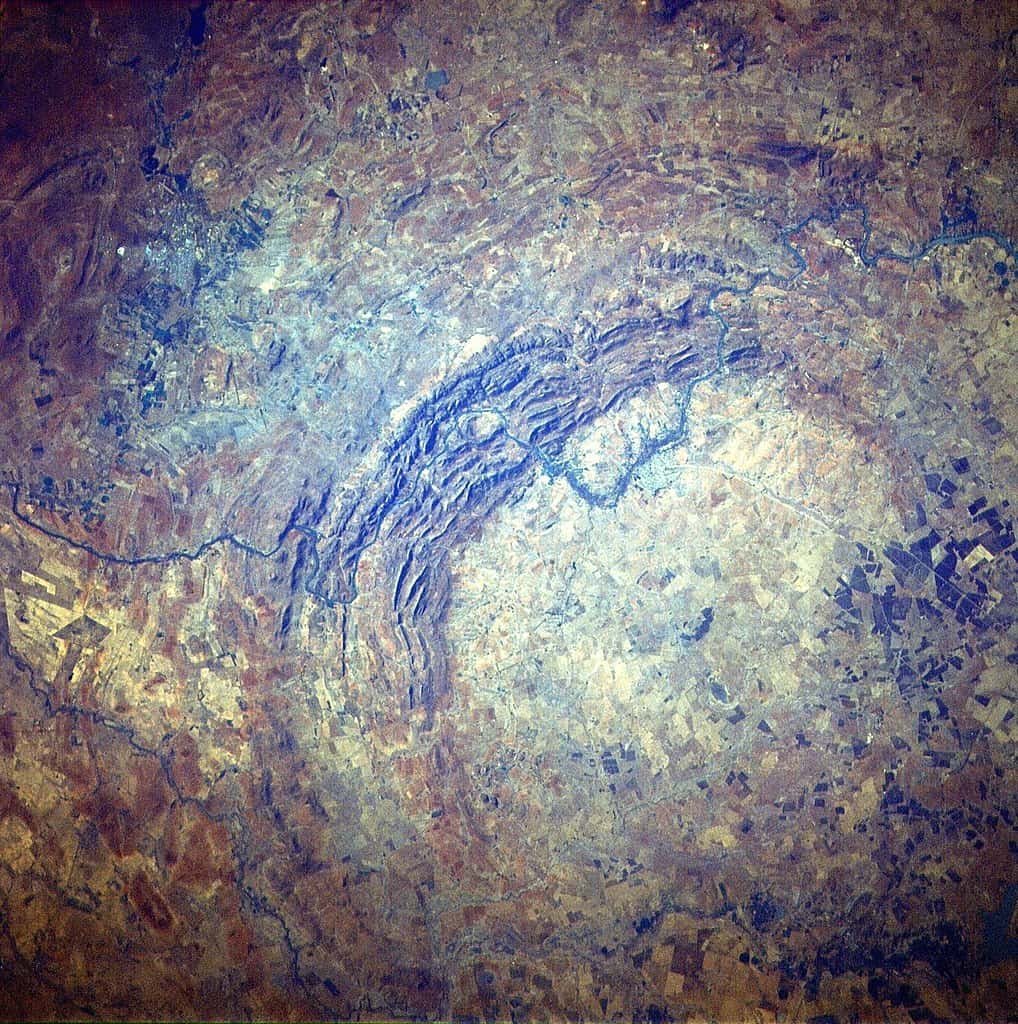When discussing the history of the Earth and its inhabitants, oftentimes, as least once, asteroid impacts will enter this conversation. While it can be difficult to study these impacts due to erosion over millions of years, occasionally, viable points of research emerge. As such, two researchers have recently published an article detailing the world’s largest asteroid impact.
The Deniliquin structure, as it is known, is located in southern New South Wales. It is buried deep and has yet to be tested by drilling. However, as of now, it measures around 323 miles in diameter. The Vredefort impact structure in South Africa is currently regarded as the largest impact structure. It currently measures less than 200 miles in diameter.
Tony Yeates first suggested the idea that an impact zone may be buried in Australia between 1995 and 2000. This was due to magnetic patterns that could be identified beneath the Murray Basin, located in New South Wales.
As of now, researchers believe that this supersized impact crater was created when Australia was still a part of Gondwana. Gondwana was a supercontinent that was part of Pangea, existing more than 200 million years ago. It is thought that the asteroid that created this impact may have occurred during a mass extinction event and that it led to a glaciation stage. However, these are just early estimates. The impact may be older, even dating back to the Cambrian era. More research, including drilling, will need to be completed in order to truly understand the mystifying origins of what may be the world’s largest asteroid impact.
Asteroid vs. Meteor vs. Meteorite vs. Meteoroid: What’s the Difference?
Navigating astronomical terminology can be challenging. After all, when you look at the four terms asteroid, meteor, meteorite, and meteoroid, it may seem like they all refer to the same thing and are thus synonymous. However, there are a few key distinctions to make between these ideas.
First, all of the terms aside from asteroid are related. Both meteors and meteorites are types of meteoroids that differ based on action and location. A meteoroid is a small object originating and traveling through space. These can range in size from something as small as a speck of dust to around the size of a small asteroid. A meteor is a meteoroid that has entered Earth’s atmosphere but burns away before making an impact. A meteorite is a meteoroid that has entered Earth’s atmosphere and made an impact.
However, an asteroid such as the one discussed in these new findings is different. Asteroids are also rocky objects in space, but they orbit the Sun like a planet would. Occasionally, they may collide and make an impact with Earth.

The Vredefort Crater is known as the largest impact but may now become second to the new Deniliquin structure.
The photo featured at the top of this post is © Dima Zel/Shutterstock.com
Thank you for reading! Have some feedback for us? Contact the AZ Animals editorial team.







